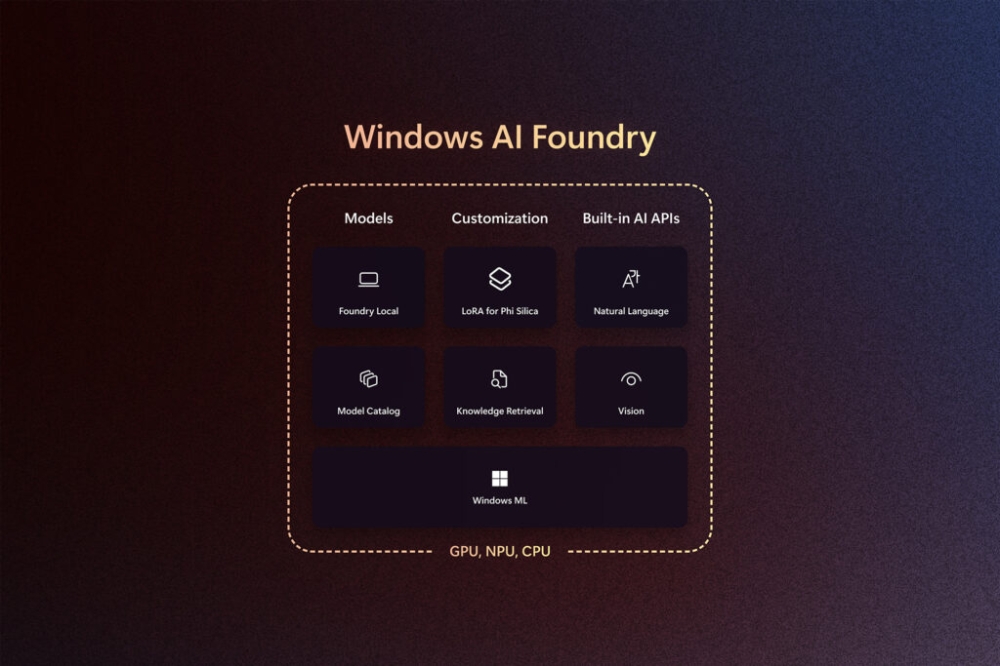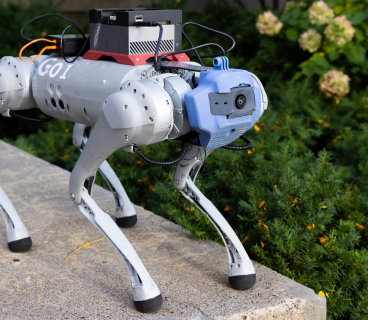Microsoft has introduced Windows AI Foundry, a new platform aimed at making it easier for developers to build AI-powered applications on Windows devices. The announcement was made during the Build 2025 conference on May 19, 2025.
Windows AI Foundry is an updated and expanded version of the previous Windows Copilot Runtime service and is presented as a “unified platform for local AI development.” It enables developers to fine-tune, optimize, and deploy AI models within Windows applications.
Microsoft views AI, both local and cloud-based, as a key revenue driver. Earlier this year, CEO Satya Nadella revealed that Microsoft generates $13 billion annually from AI-related products, partly due to its partnership with OpenAI.
Windows AI Foundry automatically detects the hardware capabilities of a user’s Windows device and downloads the necessary software components to run compatible AI models. The platform also updates these components to support new devices, simplifying the development process.
A core feature of the platform is Foundry Local, a service that allows AI models to run directly on user devices. Foundry Local supports both Windows and macOS and utilizes the open-source ONNX Runtime to accelerate AI performance across platforms.
Foundry Local also offers a command-line interface, enabling developers to browse, test, and interact with models running on a local server using commands like “Foundry model list” and “Foundry model run.”
According to Microsoft, Foundry Local automatically recognizes device hardware such as CPU, GPU, and NPU, and suggests compatible AI models to developers. Using the Foundry Local SDK, developers can easily integrate this service into their own applications.
With this innovation, Microsoft aims to encourage the creation of AI applications on the Windows platform, gain a competitive edge over rivals, and foster a thriving ecosystem.







